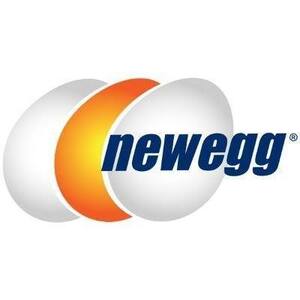Found this deal. -21% off. CAS 19! Still seems much cheaper than what is sold here. I am unsure about newegg warranty terms but will probably go with them as the price is right!
G.SKILL Ripjaws V Series 8GB 288-Pin DDR4 SDRAM DDR4 3600 (PC4 28800) Desktop Memory Model F4-3600C19S-8GVRB


Awesome find.